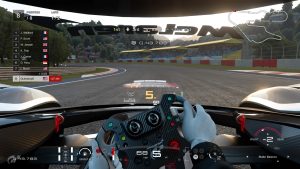
Gran Turismo Sport is a great racing game. What it's not is a simple PS4 port of the last GT game. Almost everything about this latest release is different from every game that has come before it in the series. There are way fewer selectable cars than the competition (and previous GT games). There aren't many tracks. You won't spend hours buying new parts for your car or taking it for an oil change or a car wash. Gran Turismo Sport might not be the world’s most accurate driving simulation, but it’s fun—a lot of fun, particularly with a steering wheel. And refreshingly, it doesn't try to make you open your wallet to unlock anything.
But if racing against other humans online isn't something you care for, GTS is not the game for you. Unlike GT games of old, GTS is all about racing online, and maybe—just maybe—becoming a real racing driver at the end.
You can count on some game franchises to release new titles with metronomic regularity. Not so for the irregular and infrequent installments from Kazunori Yamauchi and his team Polyphony Digital. Deadlines were always a problem with the series, horribly exacerbated by the "nightmare" caused by the PS3 and its Cell processor. But now there's a new GT for the PS4, packed full of super-high definition and virtual reality. By my count, it's the 16th game (including the two-wheeled Tourist Trophy) in a series that dates back two decades with over 70 million copies sold.
Pretty much all of those games followed the same formula. You earn credits in races, then you spend those riches buying and tuning cars to win more races. Gran Turismo Sport bucks that trend in ways that make it quite clear why the developer didn't name the game Gran Turismo 7 (even if Yamauchi thinks that name would have worked).
Late to online, but early to e-sports?
The focus here is very much on the online experience, an emblematic example of an industry trend away from big-budget single-player games. The online focus is present to the extent that the game is quite limited when it can't speak to its servers. This has generated a lot of consternation in certain corners, and anyone looking for an updated version of the excellent GT6 is going to be disappointed. There are only 170-odd cars, and only one of those is a Mazda MX-5 Miata. The solo "Campaign" mode will probably keep you busy for a week, if that. And a lot of favorite tracks are missing—although the 'Ring is still present and correct.
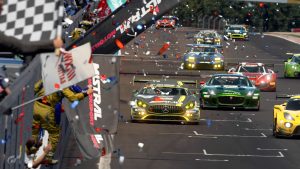
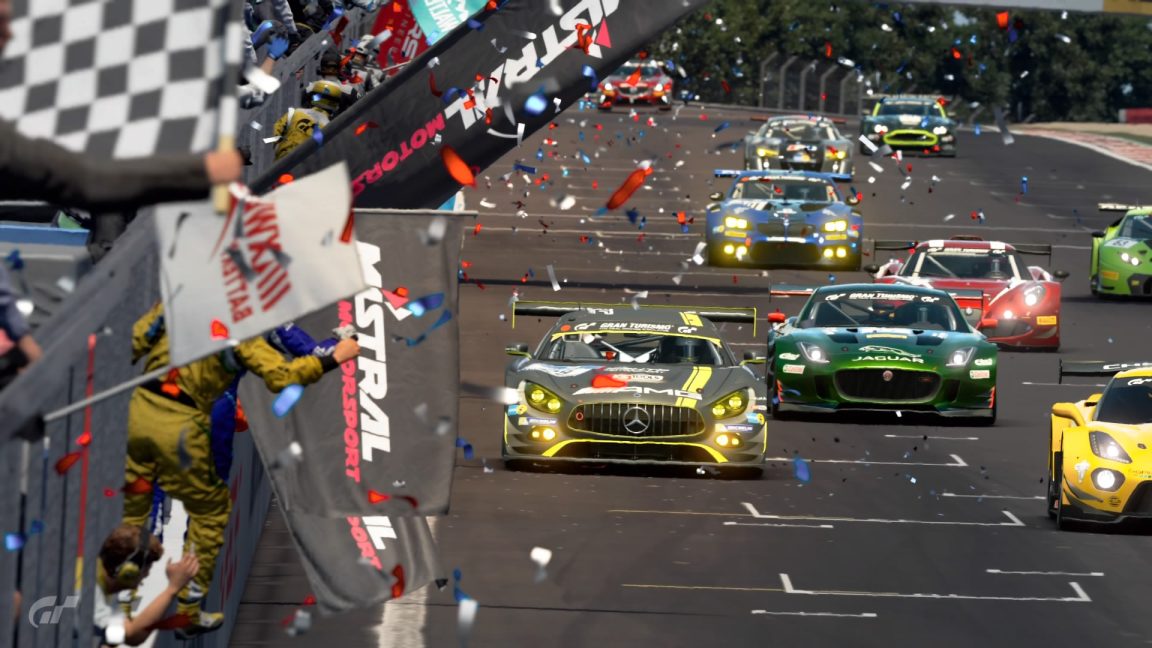
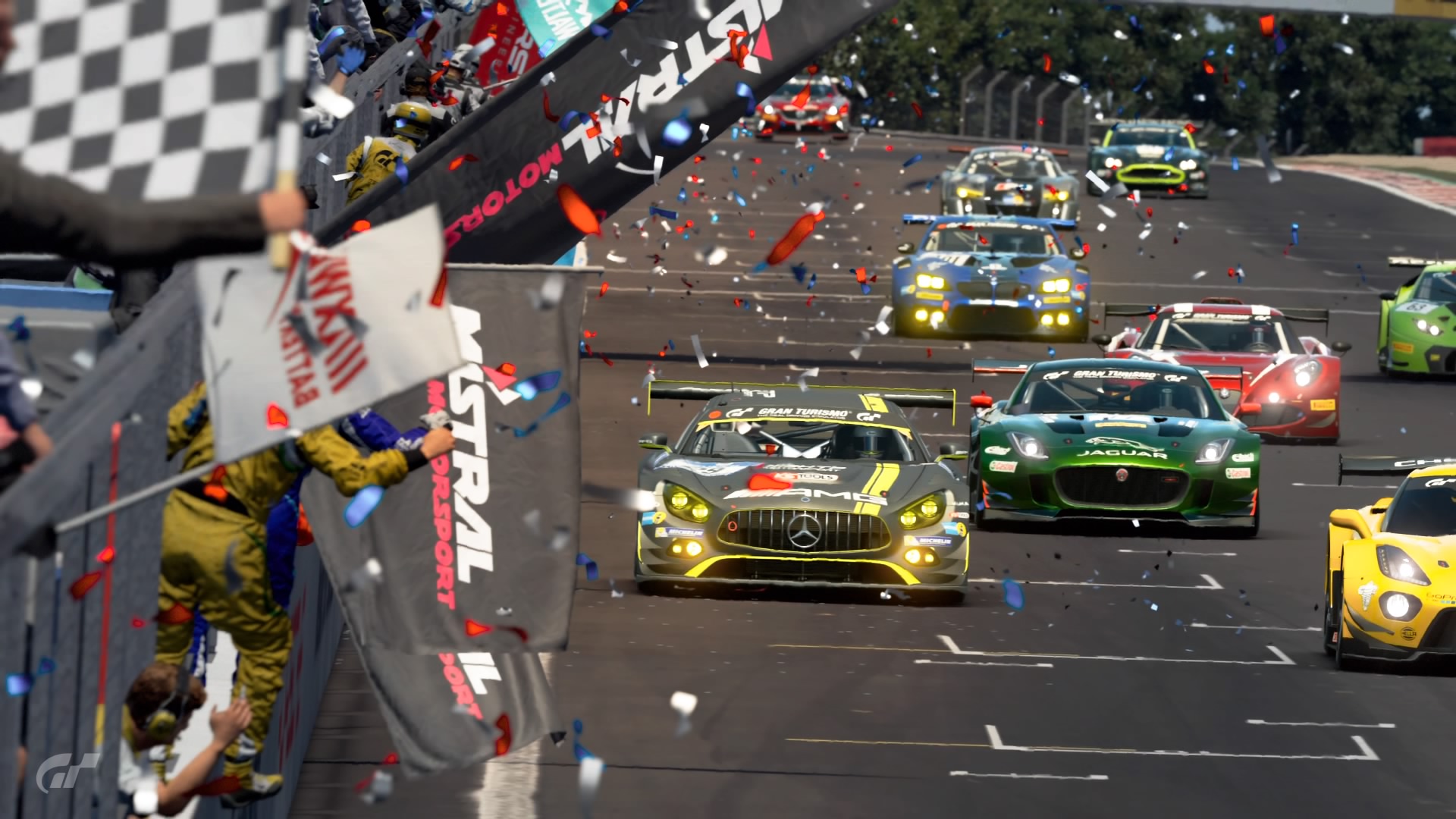
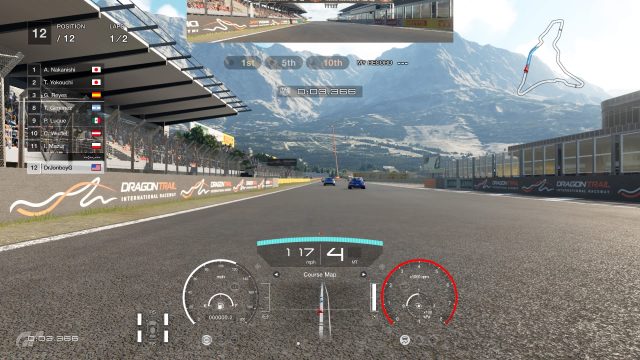
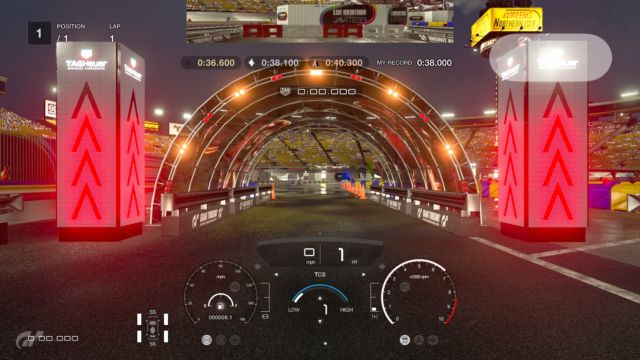
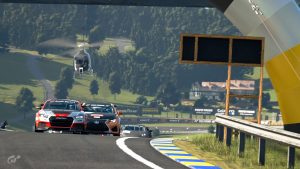
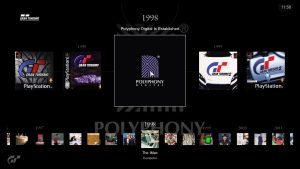

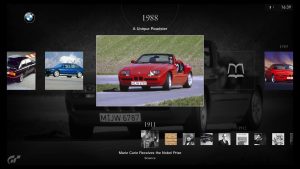

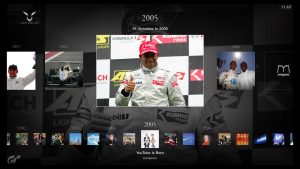
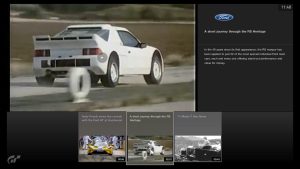
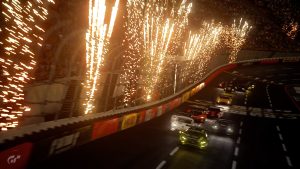
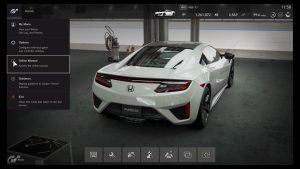



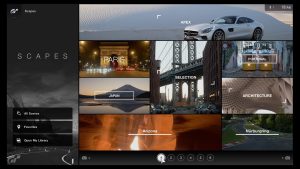


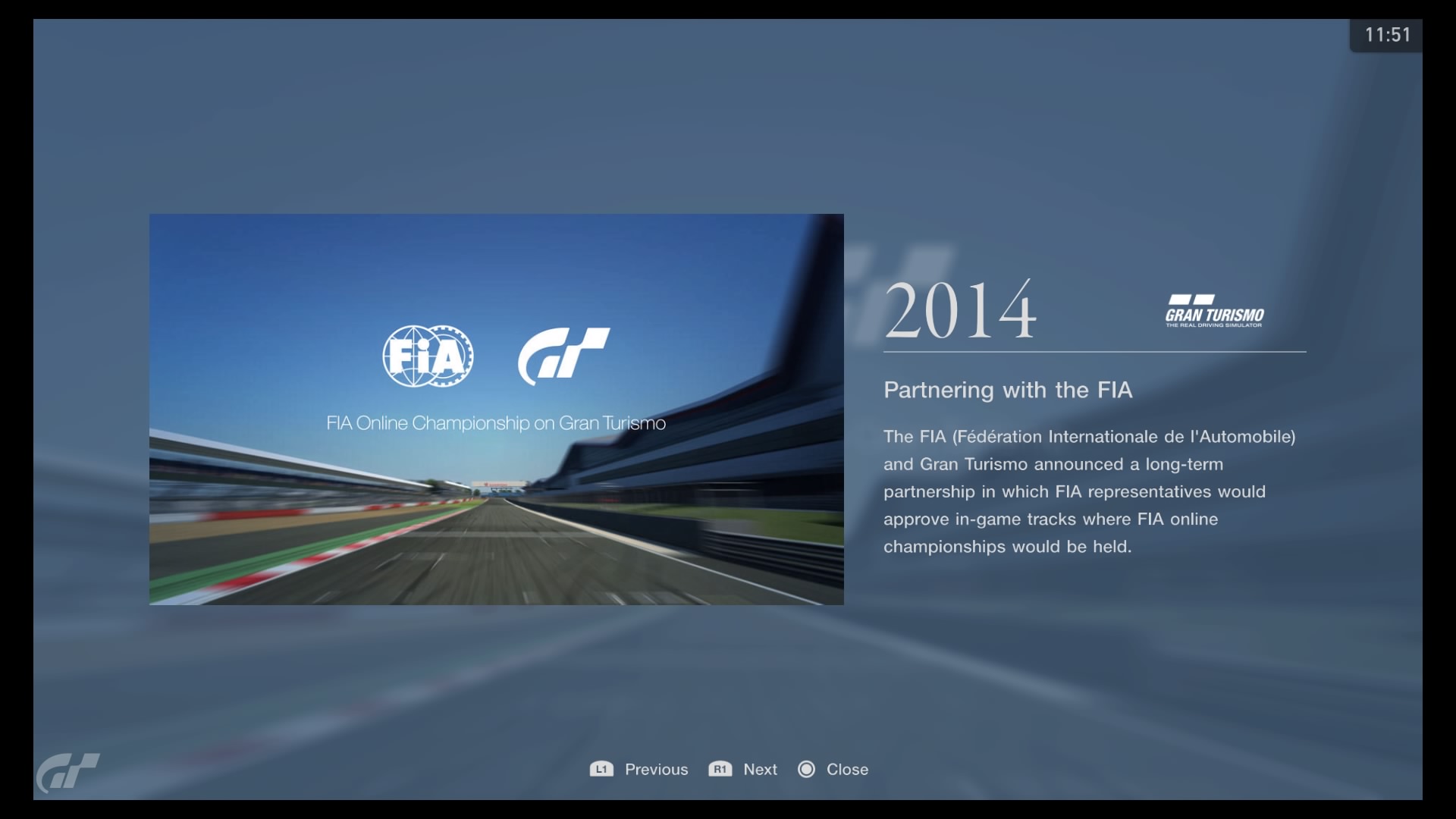
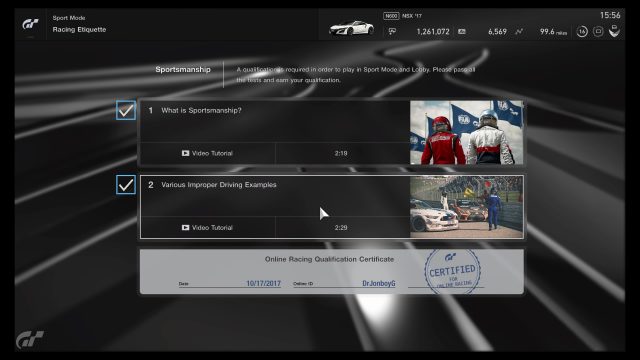


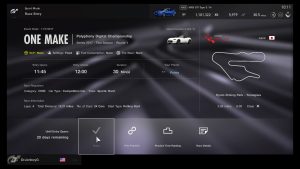
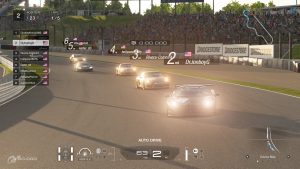

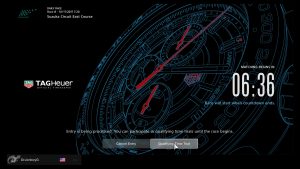
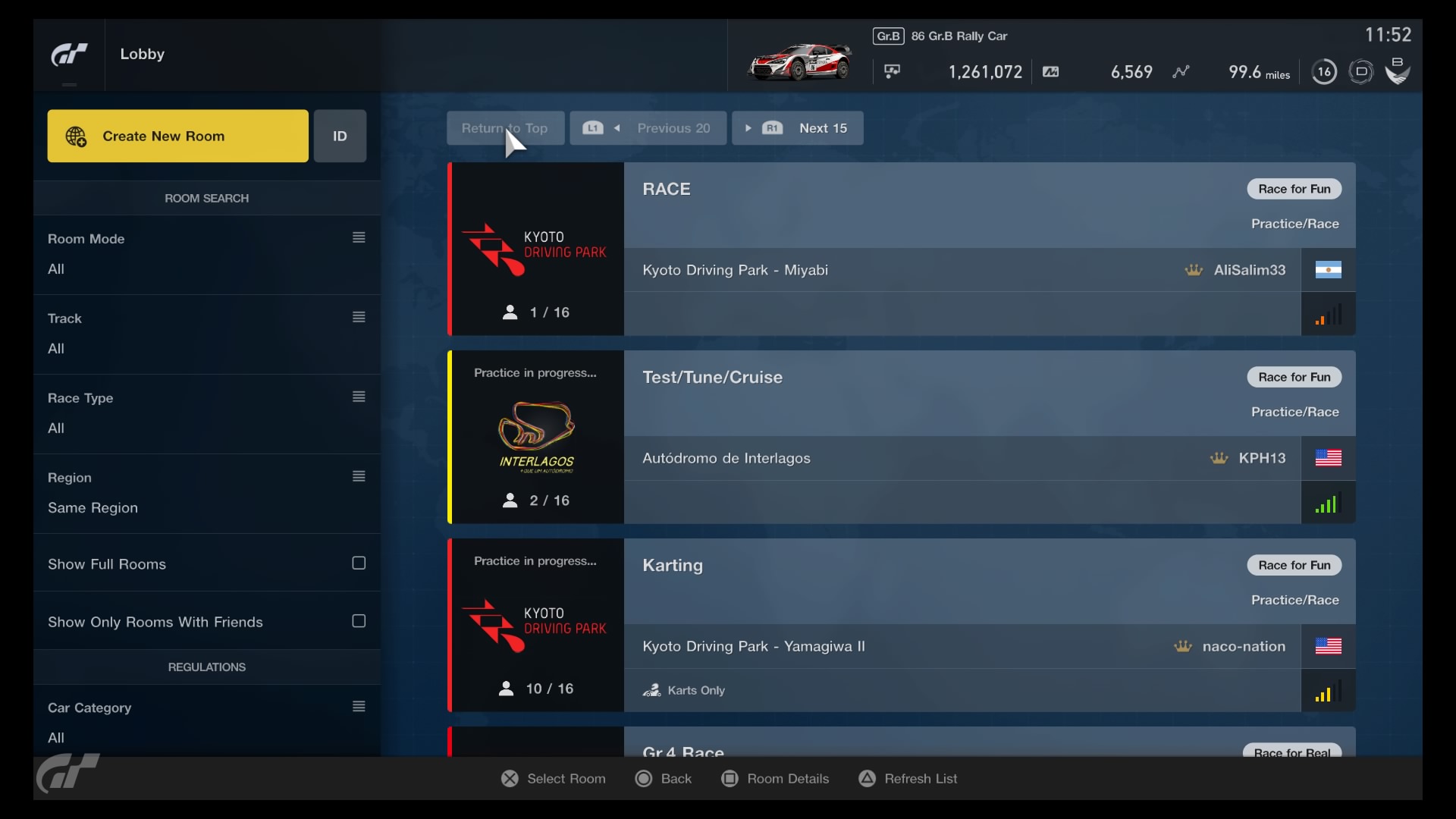

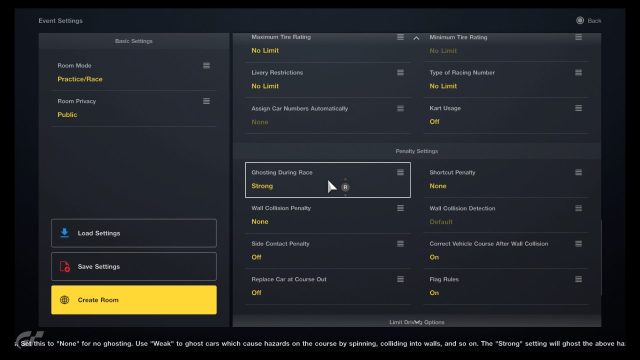


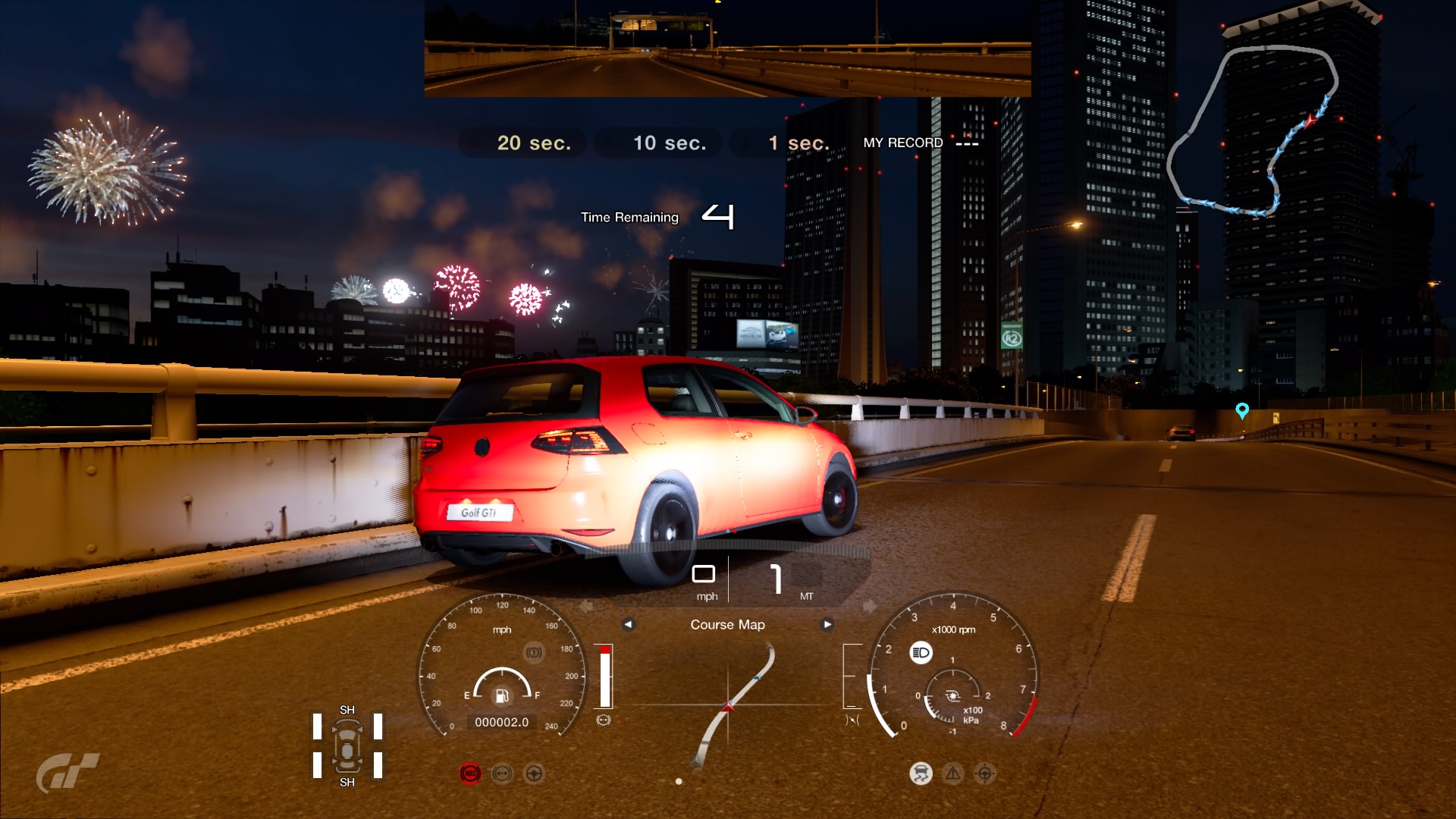
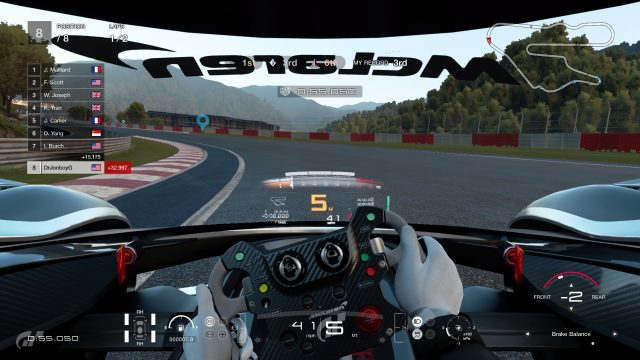



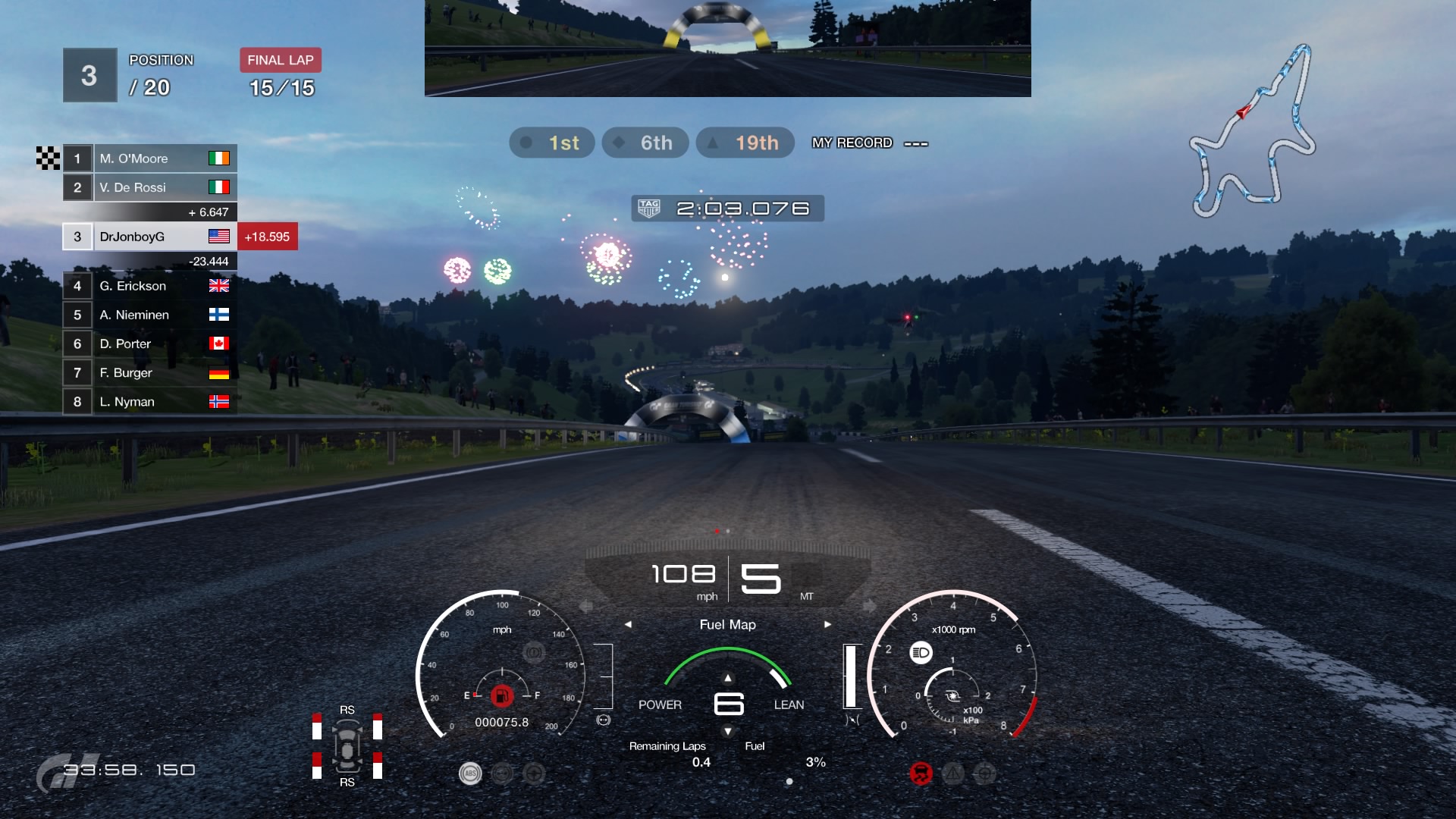
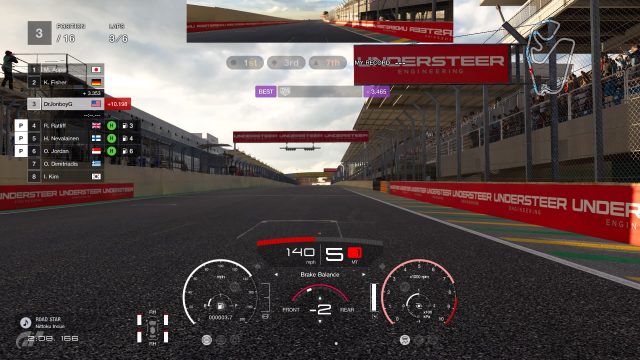
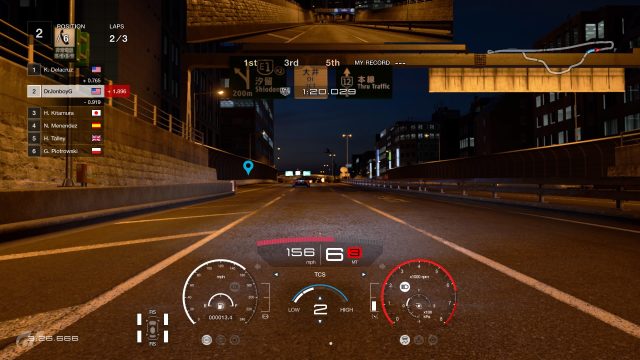
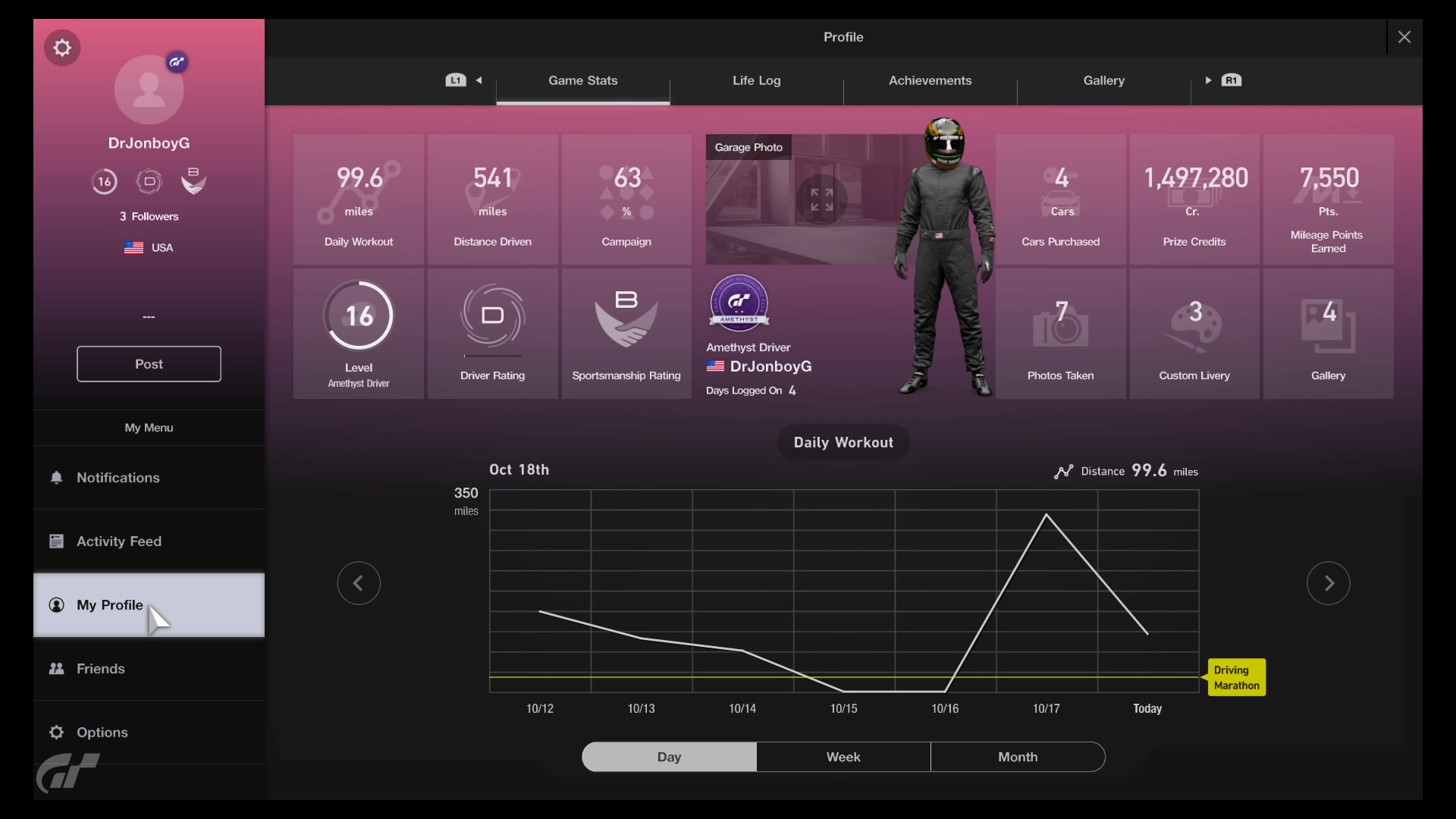

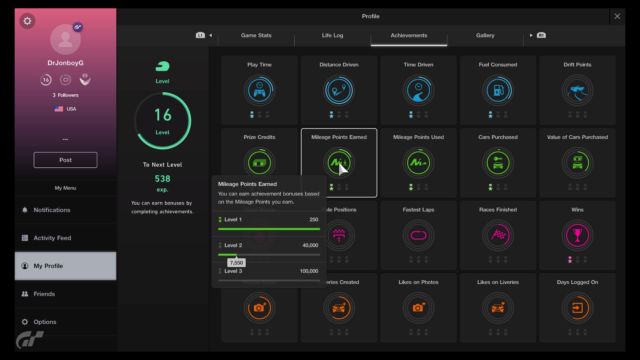
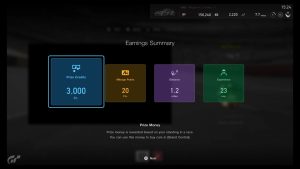
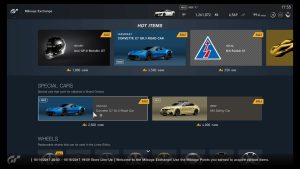


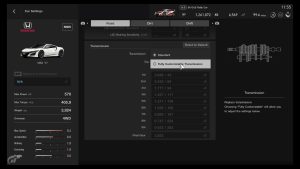
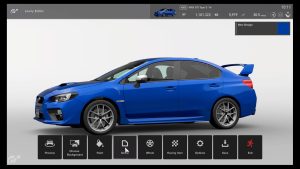
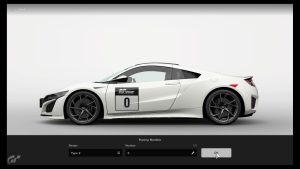
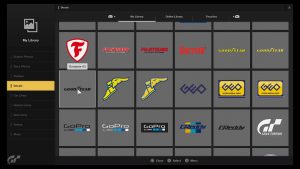
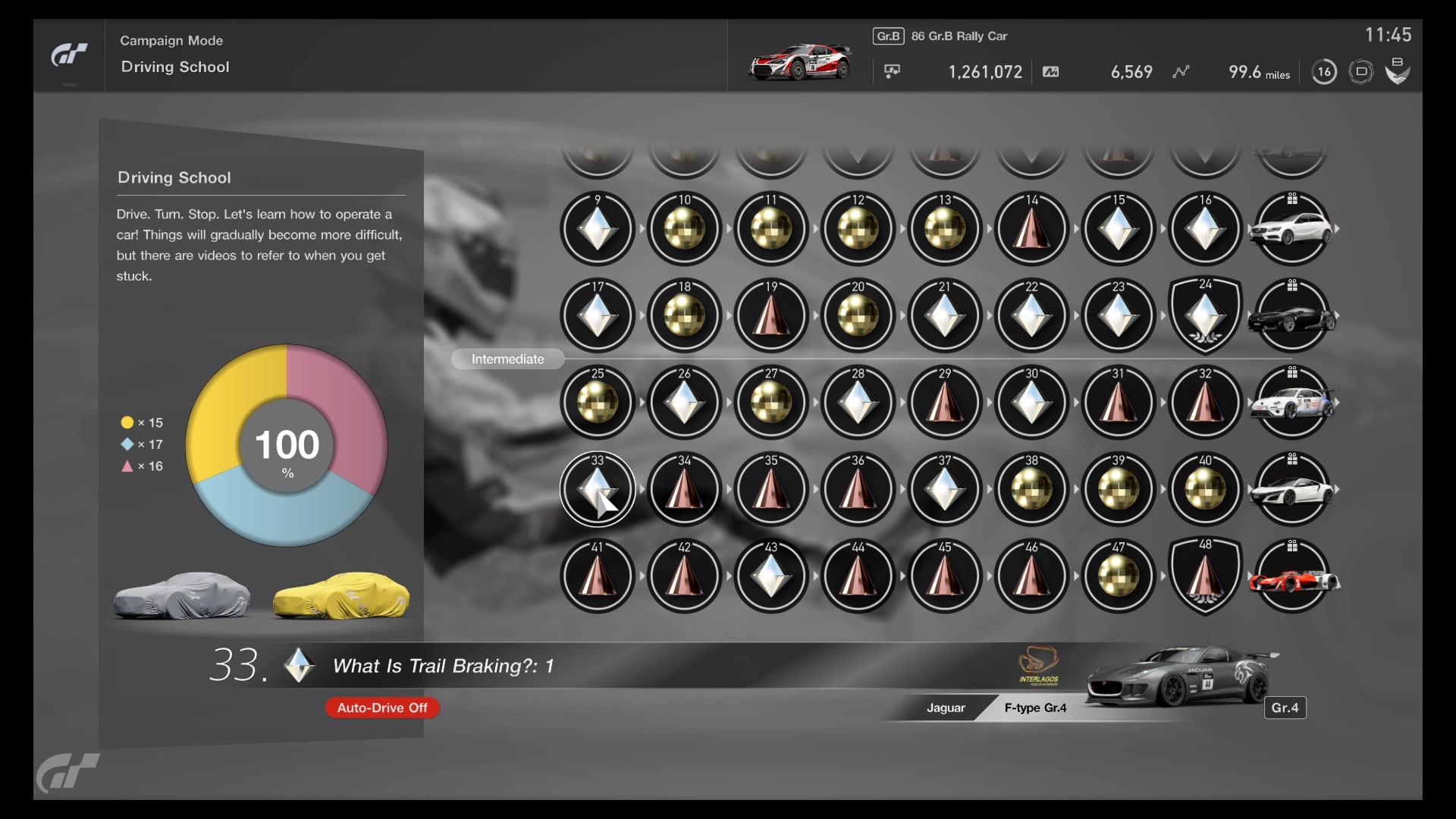
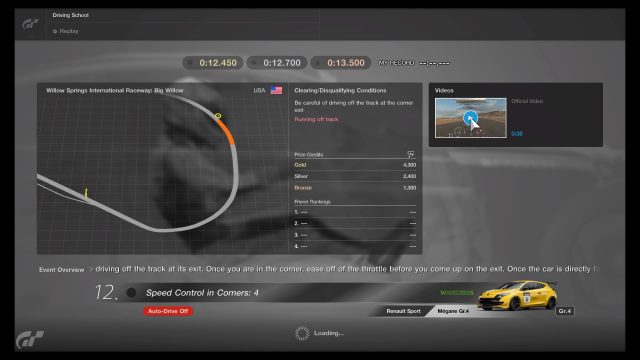
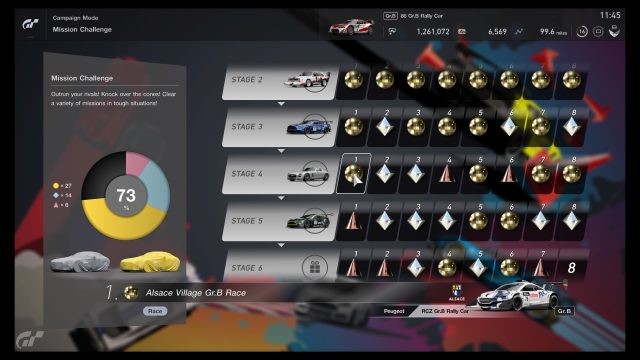
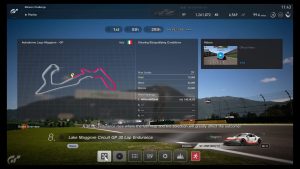
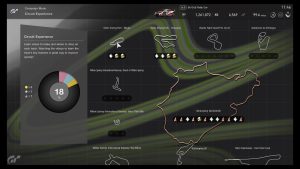
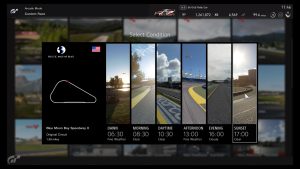







 Loading comments...
Loading comments...
